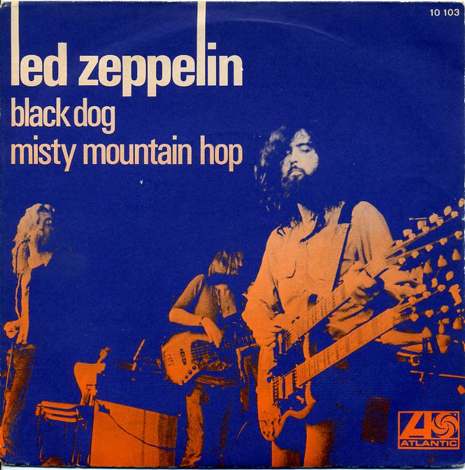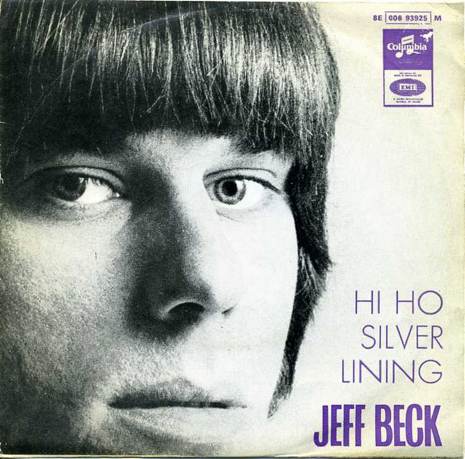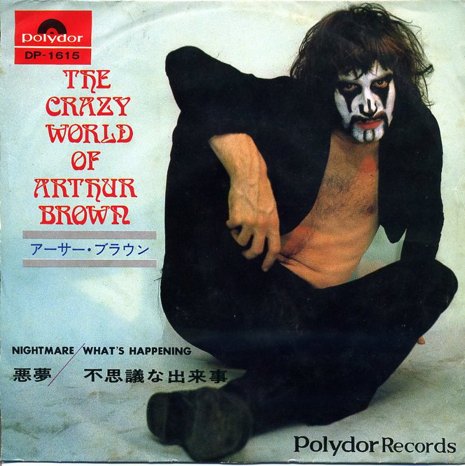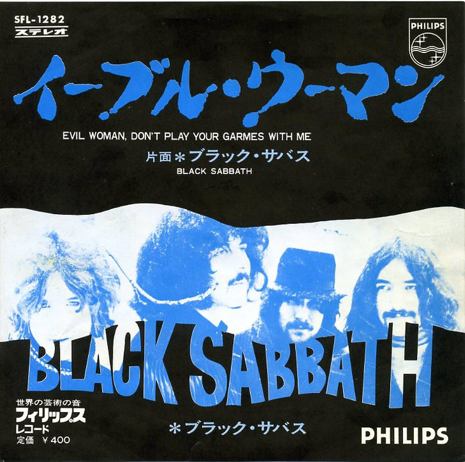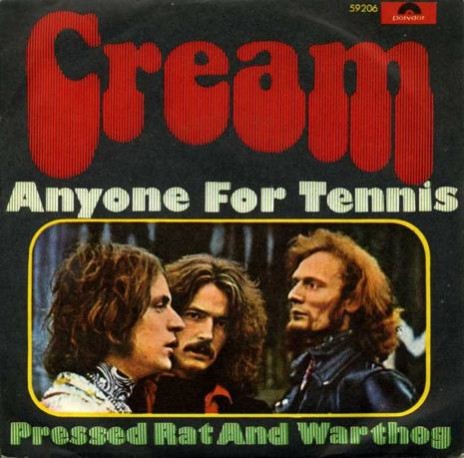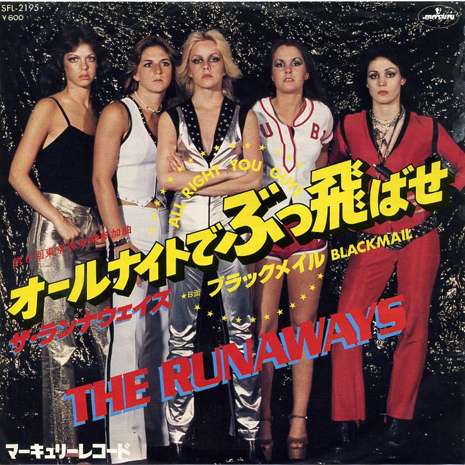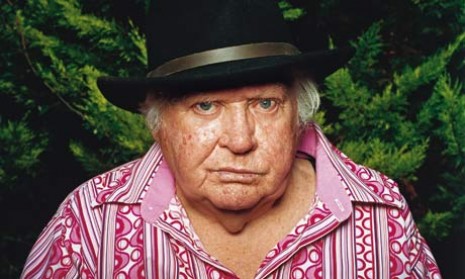
Only someone with Ken Russell’s outrageous genius would have the balls to make a film like Dance of the Seven Veils. Sub-titled A Comic Strip in Seven Episodes on the life of Richard Strauss 1864-1949, the film depicted the German composer of “Also Sprach Zarathustra” as a Nazi. As Michael Brooke describes it over at the BFI’s Screen on Line:
Russell’s composer biopics were usually labours of love. This was the opposite: he regarded Strauss’s music as “bombastic, sham and hollow”, and despised the composer for claiming to be apolitical while cosying up to the Nazi regime. The film depicts Strauss in a variety of grotesquely caricatured situations: attacked by nuns after adopting Nietzsche’s philosophy, he fights duels with jealous husbands, literally batters his critics into submission with his music and glorifies the women in his life and fantasies.
Later, his association with Hitler leads to a graphically-depicted willingness to turn a blind eye to Nazi excesses, responding to SS thugs carving a Star of David in an elderly Jewish man’s chest by urging his orchestra to play louder, drowning out the screams. Unexpectedly, Strauss is credited as co-writer, which was Russell’s way of indicating that every word he uttered on screen was sourced directly from real-life statements.
Though Russell used genuine statements from Strauss, the film is in no way a factual representation, as Joseph Gomez explained in his 1976 biography of Russell:
What we have is Russell’s vision of the man - a vision which uses many of Strauss’s own words as found in his letters and the man’s music to shape a “metaphorically true” portrait of the composer. There is no attempt to explain anything about Strauss’s behavior; he is reduced to a one-dimensional comic strip figure - as the subtitle of the film suggests. The subject matter, the role and responsibilities of the artist, is deadly serious, but the treatment is devastatingly comic.
The content and violence of Russell’s film caused outrage after its first and only transmission on the BBC in 1970. Questions were raised in the House of Parliament, where 6 M.P.s tabled a motion denouncing the Corporation for transmitting the program. Britain’s self-appointed arbiter of the country’s morals, Mrs Mary Whitehouse attempted to sue the General Post Office for transmitting the film “over its wires”. But the damage was done by the Strauss family, which placed an outright ban on the film, which is still in place today and will continue until 2019, when the copyright on Strauss’ music expires.
Aided and abetted by the BBC, It was guerilla film-making at its best, as Russell explained to his biographer, John Baxter, Dance of the Seven Veils was:
a good example of the sort of film that could never be made outside the BBC, because the lawyers would be on to it in two seconds. I would have had to submit a script to the Strauss family and his publishers Boosey and Hawkes would have come into it, and it would never have happened. The great thing about the BBC is that the quickness of the hand deceives the eye. Before anyone can complain, the film is out. But the price you pay with a really controversial film is that it’s usually only shown once.
It was also Russell cocking-a-snook “at the whole dramatized documentary idea”, as he explained to Baxter, which had “degenerated into a series of third-rate cliches”.
The film finished Russell’s long and successful career at the BBC, but this was of little importance, as Russell continued on from the Oscar-winning success of his 1969 movie Women in Love to become the greatest British film director of the 1970s.
Dance of the Seven Veils stars former dancer, Christopher Gable as Strauss, Kenneth Colley as Hitler and the marvelous Vladek Sheybal as Goebbels. Watch it now before the Strauss Family lawyers have it removed.
The rest of Ken Russell’s Dance of the Seven Veils, after the jump…







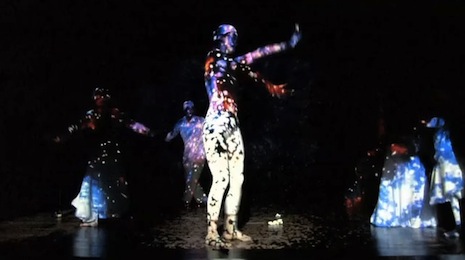
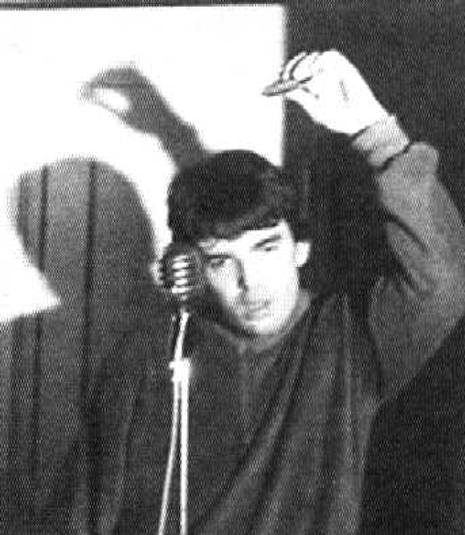



.jpg)
